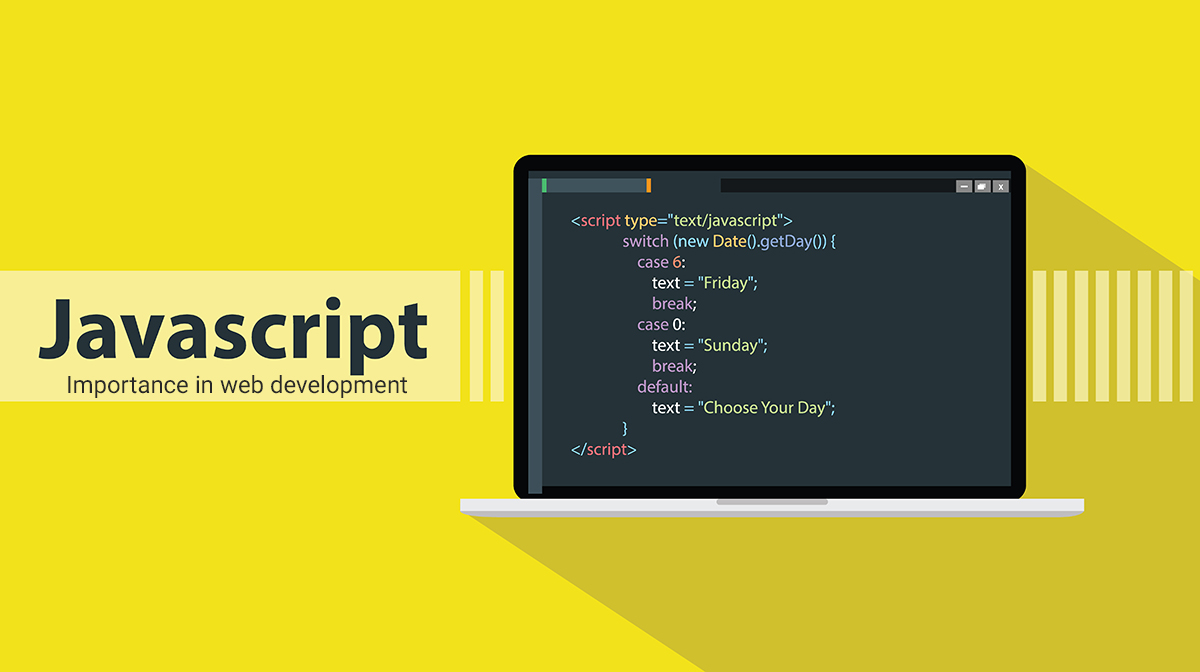
The Power of JavaScript: Building Interactive Web Applications
JavaScript is a flexible programming language that has upset web improvement by empowering the production of intuitive and dynamic web applications. It is a fundamental instrument for both front-end and back-end designers, and its capacities stretch out a long ways past conventional web prearranging.
Grasping JavaScript: The Nuts and bolts
JavaScript is a significant level, deciphered programming language principally utilized for front-end web improvement. Not at all like HTML and CSS, which center around design and show, individually, JavaScript carries usefulness to website pages. It permits engineers to make intelligent components, answer client activities, and control the substance of site pages progressively.
Key Elements and Utilizations of JavaScript:
Occasion Dealing with: JavaScript empowers designers to tune in for and answer client connections, for example, clicks, console data sources, and mouse developments. This works with the making of responsive and easy to use interfaces.
DOM Control: The Record Item Model (DOM) addresses the design of a site page as a tree of articles. JavaScript can control these items to add, eliminate, or change components on a website page powerfully.
Nonconcurrent Programming: JavaScript upholds offbeat activities, permitting designers to execute undertakings behind the scenes without obstructing the fundamental execution string. This is essential for undertakings like bringing information from outside sources or taking care of client input without freezing the UI.
AJAX (Offbeat JavaScript and XML): AJAX is a strategy that utilizes JavaScript to make nonconcurrent solicitations to the server, empowering web applications to refresh content without requiring a full page reload. It has turned into a foundation of current web improvement.
Structures and Libraries: JavaScript has a rich biological system of structures and libraries that improve on complex errands. Well known front-end libraries like Respond, Rakish, and Vue.js make it more straightforward to construct intelligent UIs.
Front-End JavaScript Improvement
Front-end designers influence JavaScript to make drawing in client encounters. They use it to assemble highlights like:
Structure Approval: JavaScript can approve client input continuously, giving moment criticism on whether a structure accommodation is substantial.
Intuitive Components: JavaScript powers intelligent components like sliders, accordions, and merry go rounds, improving the intelligence of pages.
Client-Side Directing: Single-page applications (SPAs) use JavaScript to oversee client-side steering, considering smoother route without full-page reloads.
Ongoing Updates: JavaScript empowers continuous updates of content, for example, talk applications and live games scores.
Livelinesss and Impacts: Web movements and impacts are many times executed utilizing JavaScript libraries like GreenSock Activity Stage (GSAP).
Back-End JavaScript Advancement
JavaScript isn’t restricted to the front end; it likewise assumes a significant part in back-end improvement. With the appearance of Node.js, JavaScript can be utilized on the server side too. Back-end designers use JavaScript to:
Server-Side Rationale: JavaScript can deal with server-side rationale, including directing, validation, and information handling. Node.js, specifically, succeeds in building elite execution, non-obstructing servers.
Programming interface Advancement: JavaScript is utilized to make Tranquil APIs that work with correspondence between the front end and back finish of web applications.
Information base Association: JavaScript communicates with data sets utilizing libraries like Mongoose (for MongoDB) or Sequelize (for SQL data sets) to perform Muck (Make, Read, Update, Erase) tasks.
Middleware: Middleware capabilities in Node.js are written in JavaScript and are utilized to perform errands like validation, logging, and blunder taking care of.
The Development of JavaScript
JavaScript has developed fundamentally since its commencement during the 1990s. New ECMAScript (ES) variants have presented highlights that make the language all the more remarkable and expressive. ES6 (ECMAScript 2015) and resulting renditions have added highlights like bolt works, classes, format literals, and destructuring, making JavaScript more present day and engineer well disposed.
Besides, the JavaScript environment is upheld by an immense range of open-source libraries and systems that smooth out improvement and address explicit use cases. For instance:
Respond: Created by Facebook, Respond is a JavaScript library for building UIs. It permits designers to make reusable UI parts and effectively update the view when information changes.
Rakish: Created by Google, Precise is a thorough system for building dynamic web applications. It gives a total arrangement of instruments for front-end improvement, including templating, information restricting, and reliance infusion.
Vue.js: Vue.js is a dynamic JavaScript structure that spotlights on straightforwardness and simplicity of incorporation. It very well may be utilized for building little, intuitive parts or undeniable single-page applications.
Express.js: Express.js is a famous back-end structure for Node.js that works on the production of web applications and APIs. It offers highlights like directing, middleware, and format delivering.
JavaScript and Web Application Security
While JavaScript enables designers to make drawing in web applications, it likewise presents security contemplations. Noxious entertainers can take advantage of weaknesses in JavaScript code to send off assaults like Cross-Site Prearranging (XSS) and Cross-Site Solicitation Phony (CSRF).
To moderate these dangers, engineers should stick to best practices for secure JavaScript advancement:
Input Approval: Consistently approve and clean client contribution to forestall infusion assaults and information control.
Content Security Strategy (CSP): Carry out CSP headers to control which contents can be executed on a page and moderate XSS gambles.
Keeping away from Eval(): Try not to utilize the eval() capability, as it can execute inconsistent code and make security weaknesses.
Secure Verification: Carry out secure validation and approval components to safeguard client information and access controls.
Customary Updates: Stay up with the latest to expeditiously fix security weaknesses.
End
JavaScript is a flexible and strong language that has changed web improvement by empowering intuitive and dynamic web applications. It enables front-end designers to make drawing in client encounters and back-end engineers to construct hearty server-side rationale. As the JavaScript environment keeps on advancing, keeping awake to-date with best practices and safety efforts is fundamental for designers to tackle the maximum capacity of this language and convey excellent web applications to clients around the world. Whether you’re making responsive points of interaction or building versatile server applications, JavaScript stays at the front of current web improvement, driving development and pushing the limits of what is conceivable on the web.





